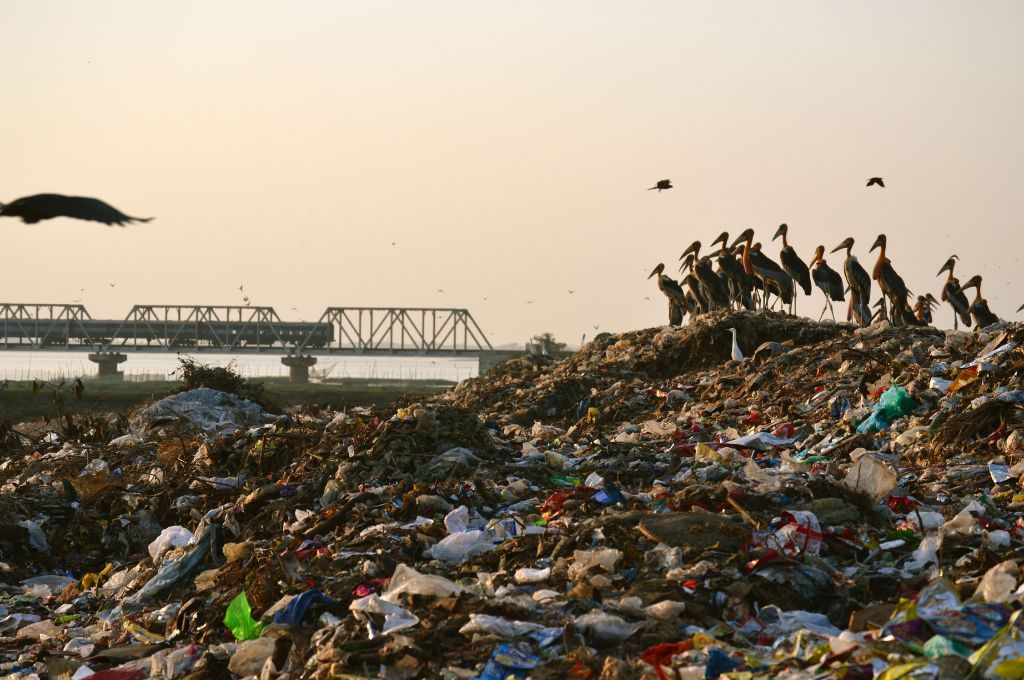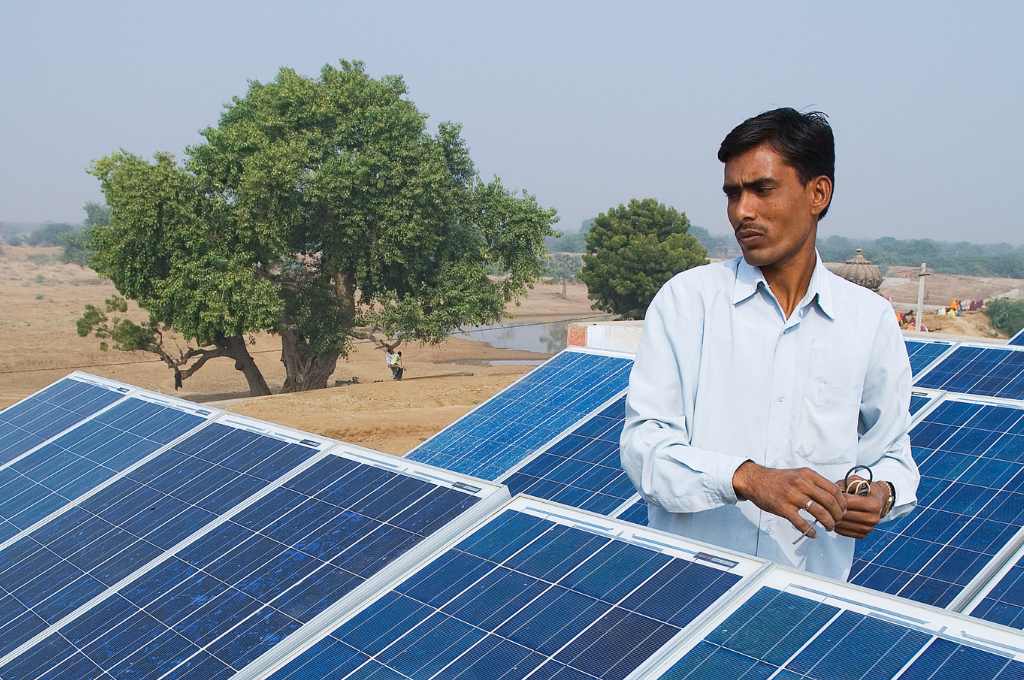When it comes to the climate crisis, media plays a pivotal role in shaping public discourse and opinions. It is a powerful tool to disseminate information about the emergency, its impact, and its severity, which can in turn empower people to adopt climate-friendly behaviours. Although the climate discussion has been steadily gaining momentum in newsrooms, the lack of trustworthy news sources, the apocalyptic overtones in which such information is conveyed, and inaccessible language may still be keeping people away from learning more about the crisis. And this may be hindering individual and informed climate action.
The representation of climate change in news media is an understudied topic, as is the public perception of climate change coverage. While data on how people in the Global North perceive news and climate change is available, data from the Global South is not as easy to come by.
To study people’s attitudes towards climate change and their perception of climate change news, Ipsos, on behalf of Reuters Institute for the Study of Journalism, conducted an online survey in 2022 in eight countries—Brazil, France, Germany, India, Japan, Pakistan, the UK, and the USA. Although the samples in this study were assembled using nationally representative populations of age group, gender, and region, there are caveats—internet penetration in India and Pakistan is low (43 percent and 25 percent respectively). In addition to this, the survey was administered in English in India—this automatically makes these respondents English-speaking people with access to the internet, which is not representative of the entire population.
Here are some key findings from the study:
Climate news consumption
- Frequency: Most of the respondents reported having accessed climate change news within the last two weeks, and approximately half of the respondents reported seeing climate news in the last seven days. The number of those who said that they had not seen any climate news in more than two weeks was the highest in India. In general, younger people are less likely to have accessed climate change news in the past week. This finding is in line with research that shows that younger people consume less news than older individuals.
- Platforms: The most popular medium to access climate change news is television, used by approximately one-third of the respondents. Online news sources, including websites of various news organisations and platforms such as social media and messaging apps, are another popular way people access climate change news. In India, for instance, where the survey respondents are representative of the online population, the main source is online news (32 percent), followed by TV news (21 percent). Respondents also mentioned other traditional media such as newspapers and radio, but these are more popular among older people. A small minority access climate news through sources such as documentaries (10 percent), conversations with someone they know (10 percent), magazines (between 5 and 10 percent), and academic journals (less than 5 percent).
- Sources: In all the countries surveyed, climate scientists and activists were ranked the most prominent among those featured in climate change news, with governments and political parties close behind. A clear majority of respondents said that they trusted scientists. Climate activists are met with mixed reactions, with respondents in France, Japan, Germany, and the UK indicating less trust than those in India, Pakistan, Brazil, and the US. Interestingly, respondents in India indicated greater levels of trust in the government, politicians and political parties, and energy companies.
Since online news is a popular medium in Brazil, India, and Pakistan, respondents recall seeing celebrities and people they know personally commenting on news as well, which is less likely to be part of mainstream media coverage. Another interesting trend in India and Pakistan is religious leaders commenting on climate change and being trusted sources of climate news, which is not seen in the other countries surveyed.

Climate news avoidance and misinformation
The prevalence of avoiding climate change news is at par with selective news avoidance in general. Respondents from India indicated the most aversion to both news in general and news about climate change.
Research shows that women are more likely to avoid the news than men. However, this study suggests that when it comes to climate news consumption, there are no significant differences between men and women. As with news in general, younger people are more likely to avoid climate-related news, but not by a significant margin. Respondents cite a multitude of reasons for avoiding climate news—absence of new information, negative effects on their mood, being worn out by the amount of climate change news they see, and its untrustworthiness.
This lack of trust in climate news is due to the persistence of misinformation. Research suggests that the spread of climate change misinformation continues to undermine public support for climate action. When asked about the sources of climate change misinformation, respondents cited the same sources that they use to access climate news. Online news, social media, and messaging apps were mentioned as sources of misinformation. In line with this, climate news misinformation was the highest for India, where 38 percent respondents reported coming across climate change misinformation on a regular basis.
Climate news and climate action
According to the findings of the study, a higher percentage of people tends to feel more empowered by climate change news. In India, for instance, 76 percent of the respondents said that climate change–related news prompts them to seek further information. A lower proportion of respondents said that they feel anxious and depressed after engaging with climate information. However, at the same time, 61 percent of the respondents from India also said that climate news contains too many conflicting views, and 48 percent claimed it leaves them confused.
There is a correlation between how often people consume climate news and how much they are willing to do.
The study further explores the role that climate news plays and whether it empowers people to take action. There is a correlation between how often people consume climate news and how much they are willing to do—those who looked at climate change news in the past seven days were more likely to recycle, use less energy, etc. However, the frequency of engagement with climate news did not seem to lead to eating less meat, flying less, or switching to electric vehicles. It should be noted that some of the options (say, switching to electric vehicles) given by the survey were not available to respondents in certain countries.
When asked whether they think that the news media is playing its role in addressing climate change, a third of the respondents said that it is doing too little. An even higher proportion believe that the government is not doing enough. Respondents in all countries think that the cost-of-living crisis and the state of the economy are the biggest concerns. The proportion of those who think that climate change is the most pressing concern was the highest in Pakistan, which may be because the survey was conducted during the 2022 floods in the country. Conversely, only 2 percent in Brazil listed climate change as the most pressing concern, which may be because of the 2022 elections. Therefore, local politics and events at the time of the survey played a role in how respondents completed the survey. However, the vast majority of respondents across all countries were at least somewhat worried about the global effects of climate change.
Interestingly, the frequency with which people engage with climate change news does not seem to have a bearing on how familiar they are with global or domestic climate policy. Forty percent claimed that they know at least a moderate amount about global policy initiatives, and their government’s key policies on climate change. However, this 40 percent figure, holds true for both those who consume climate news on a weekly basis and those who consume it less frequently. This further highlights an important gap in current news media coverage—while building consensus around the science of climate change is important, news media must also focus on educating readers, viewers, and listeners on climate governance.
The study shows how most respondents are aware of climate change and believe in what scientists have to say about it, but it also shows interesting countrywise variations in terms of which sources can be trusted and what sort of media is used. However, as is acknowledged at various points in the study, it would take years of data collection and mapping to arrive at conclusive results about how people engage with climate news, and what impact this engagement has.
—





